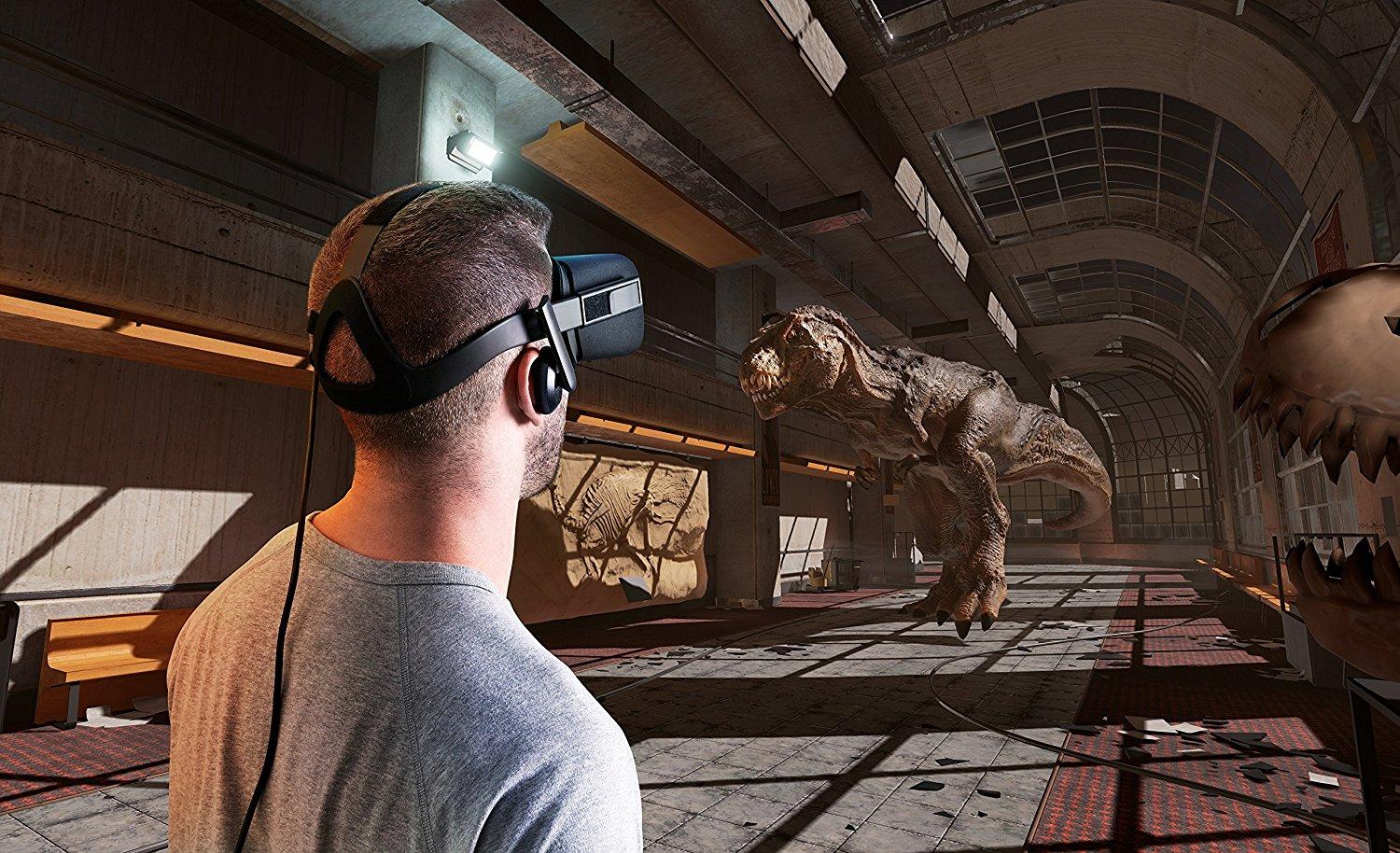Gaming has come a long way since the early days of Pong and Pac-Man. From 2D to 3D graphics, gaming experiences have evolved immensely over the decades to transport players into immersive virtual worlds. However, the next big leap in gaming is already here - Virtual Reality (VR). VR allows users to be fully immersed in simulated environments through head-mounted displays and interact with virtual objects using motion controllers or body movements. The technology is set to revolutionize how we play and experience games in the coming years.
The Rise of VR
The concept of VR has existed since the mid-20th century but reasonable virtual reality experiences required leaps in processing power, component miniaturization, and sensor technologies that were not available until recently. However, with continued advancement in display, tracking, and computing technologies, VR is now becoming commercially viable. Pioneering companies like Oculus VR paved the way by developing affordable VR headsets along with many developer tools and frameworks. This led other tech giants like HTC, Sony, and Microsoft to enter the market with their own VR headsets. The increased competition along with falling hardware costs have led to widespread adoption of VR in the past few years across industries like gaming, training, healthcare, and more.
The Impact on Gaming
VR enables a level of immersion that was not possible before with traditional gaming interfaces. Players feel fully present in the virtual world rather than just controlling an on-screen character. This transforms how games are designed, played, and experienced. Traditional shooter, adventure, and racing games fully immerse players into the action. Developers are experimenting with new genres that can take advantage of VR - from meditation apps to sports simulations. VR also drives new paradigms like room-scale gaming where players can walk around and interact within a virtual space mapped to their real environment.
Gameplay Innovations
To leverage Virtual Reality in Gaming immersive capabilities, developers are coming up with innovative game mechanics. One innovation is using motion controllers to map player's hands and allow direct interaction. Users can pick up and throw objects, draw weapons, and perform intricate tasks by simulating real-world motions. VR also enables 360-degree gameplay that responds to head movement. Games transport players to dream destinations like space or underwater worlds that were difficult to experience before in an immersive way. Surrounding sound further enhances immersion. Multiplayer VR games let friends meet up and share experiences from anywhere in the world. Early successes indicate that VR can revitalize old genres and give birth to never seen game concepts.
Overcoming Technical Challenges
While VR offers endless opportunities, realizing its full potential requires overcoming certain technological hurdles. A major issue is VR sickness or nausea experienced by some due to latency between head movements and graphical response. Developers combat this by ensuring sensors track motion at over 90 frames per second and render graphics with minimal latency. Another challenge is the limited field of view in current headsets restricting peripheral vision. Display resolutions also need to increase further to provide convincing visuals while keeping processors and graphics cards from becoming overloaded. As technologies mature, these issues will diminish, leading to more immersive and comfortable experiences. Wireless headsets removing cable restrictions will further improve usability.
The Future of Gaming
As VR hardware continues to improve in performance and reduce costs, its adoption will rise exponentially in the coming years. Market estimates forecast over 100 million VR users by 2022. This increasing user base will drive more funding into content creation, leading games to achieve cinematic production values. With high-fidelity graphics and expansive virtual worlds, the boundary between virtual and real will blur. Multiplayer experiences will transform social interactions. Many predict VR esports and competitive gaming to emerge as billion dollar industries. The technology may also influence game genres beyond current expectations - from holodeck style simulations to massively multiplayer online worlds. Ultimately, VR is likely to attain a form factor resembling common glasses or contact lenses in a decade or two, with its rise transforming how we define entertainment. While gaming serves presently as a key driver propelling the medium, VR's future impact on society is expected to be much more widespread across diverse domains.
Get more insights on- Virtual Reality in Gaming
Explore More Articles - Vehicle Subscription Market
